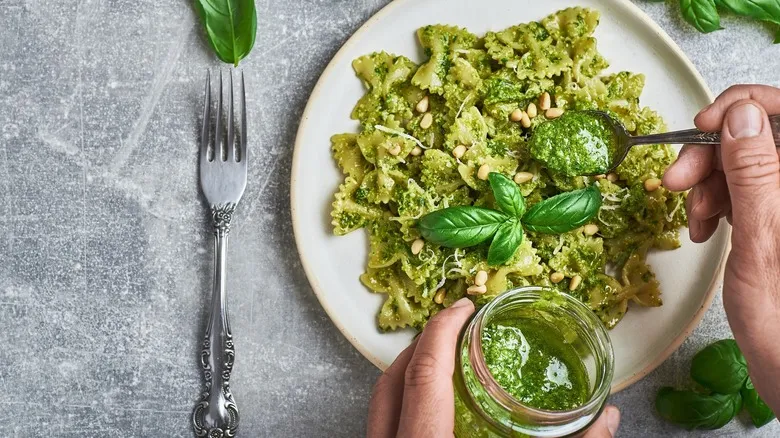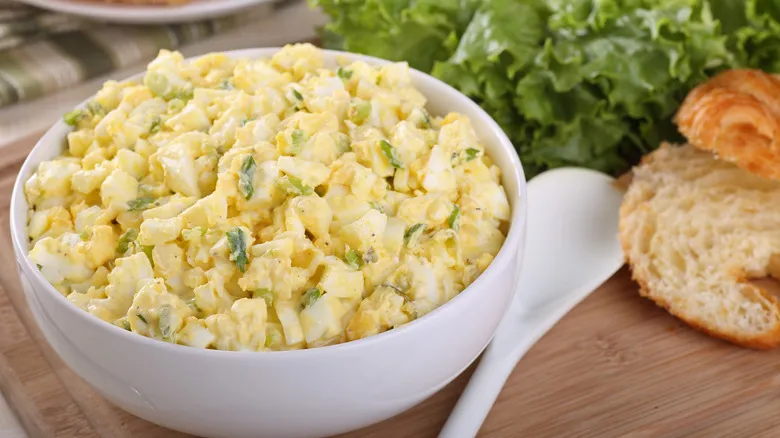Why pesto's flavor fades and how to best store it
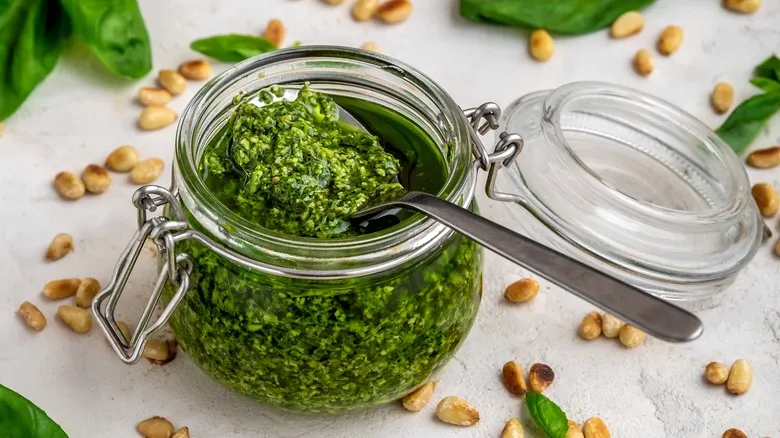
While some condiments can last indefinitely due to their shelf-stable or fermented components, pesto is not one of them. Unfortunately, the typical ingredients in pesto—basil, garlic, cheese, salt, olive oil, and pine nuts—include several items that are susceptible to spoilage. Pesto remains fresh only as long as its most perishable ingredient: basil.
Anyone who has cultivated this aromatic herb knows how temperamental basil can be, whether it's grown in a garden bed or on a kitchen windowsill. Like its relative mint, which can serve as a subtly sweet alternative for both savory and sweet dishes, basil thrives in plenty of sunlight and moist soil to keep its leaves vibrant and crisp. However, once harvested and processed, it begins to lose its color. When the plant's cells are damaged and exposed to oxygen, an enzyme in basil triggers browning. This chemical reaction not only dulls the sauce's appearance but also diminishes its flavor and can even lead to an off taste.
To ensure food safety, always store opened pesto in an airtight container in the refrigerator. However, you can slow down the browning process with a simple storage tip. To maintain its bright flavor and appearance, pour a thin layer of olive oil over the top of the pesto. This creates a barrier between the condiment and the air, helping it stay fresh and flavorful for a longer period.
Recommended
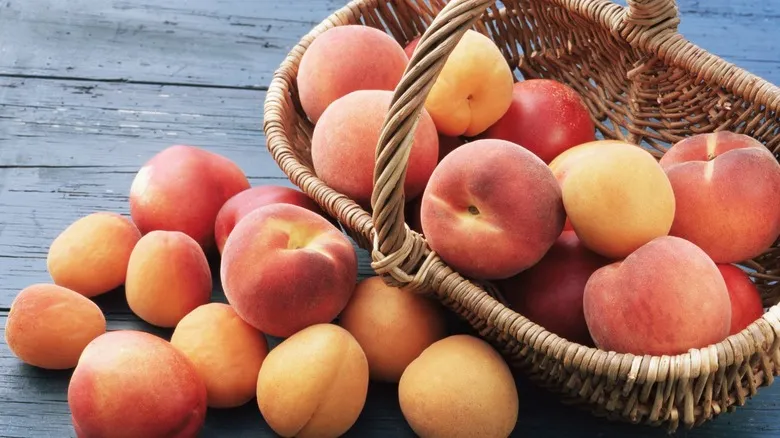
The Best Way To Store Peaches
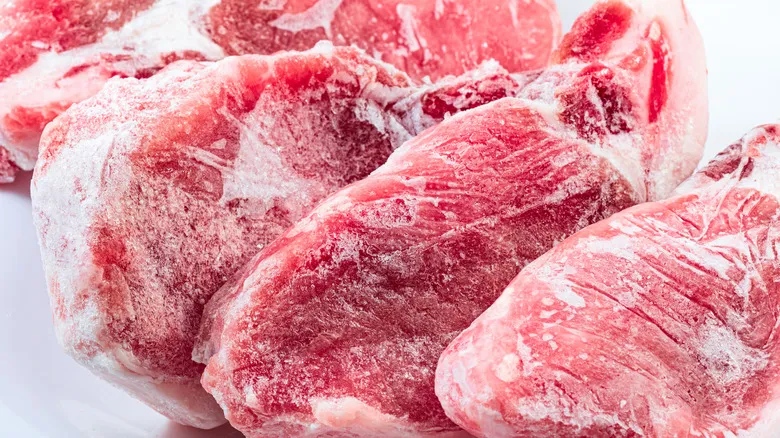
The Case For Freezing Steak Unwrapped
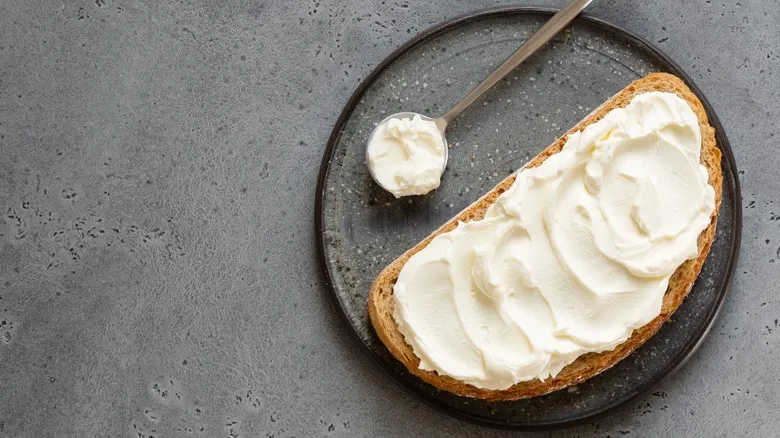
How Long Cream Cheese Stays Fresh After Opening
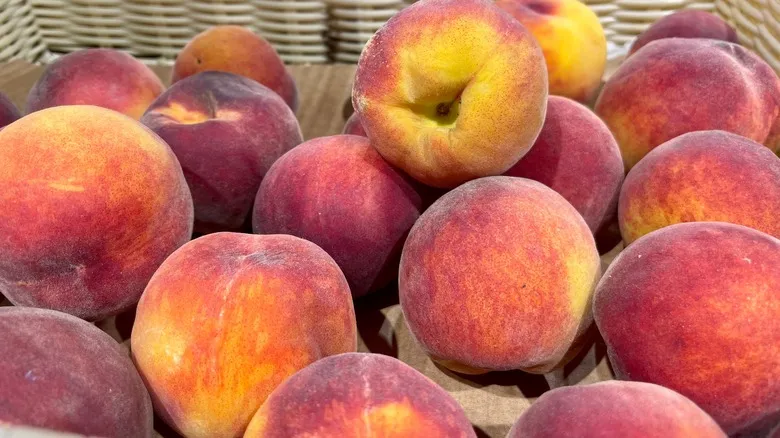
What You Need To Know To Choose The Sweetest Peaches At The Store
Next up

